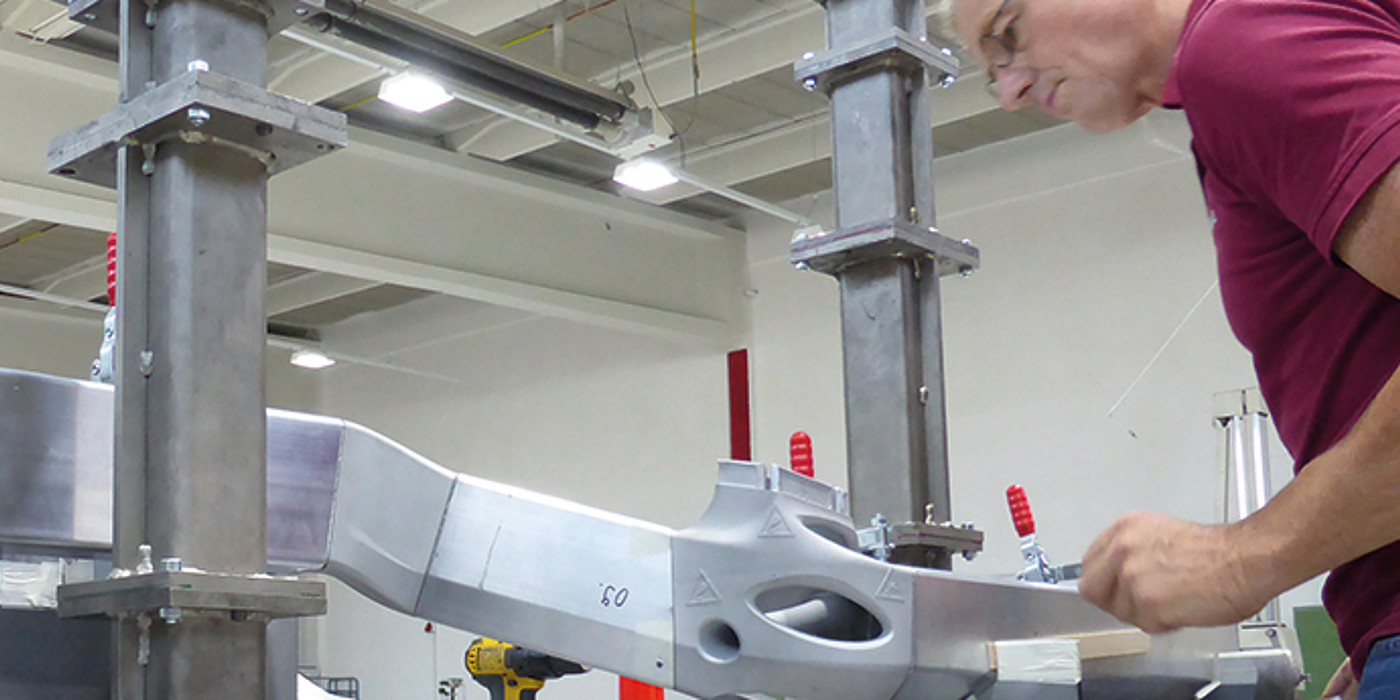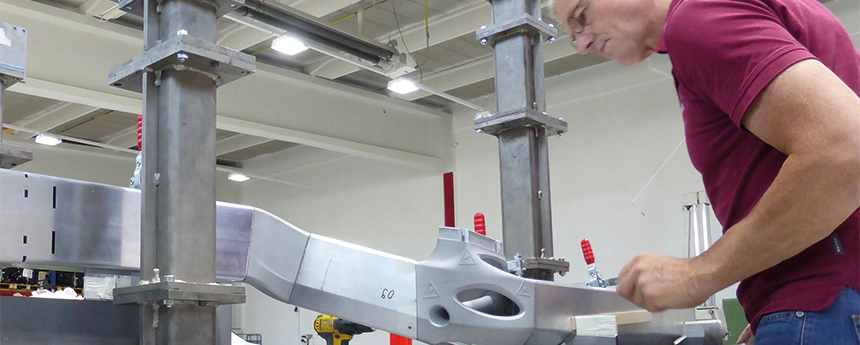At the IAA in Frankfurt, the EDAG Group will be presenting not just its live engineering project #collectivio, but also seven technological innovations from the fields of lightweight design and eMobility. As the growing number of variants continues to increase due to the alternative powertrains available, greater flexibility and above all more lightweight solutions, both for components but also in manufacturing, are called for. Wiesbaden-based engineering specialists EDAG have already in recent years provided impressive evidence of the company's engineering skills in additive manufacturing. EDAG are continuing this success story this year with a number of projects including their ultra lightweight spaceframe concept.
For us, lightweight design competence, car IT and production solutions remain key future-oriented subjects. I am delighted that we can once again offer a real firework display of proactively developed technology concepts in these future fields here in Frankfurt," declares Jürgen Vogt, CEO of the EDAG Group.
Following the "NextGenSpaceframe 1.0" , EDAG will be presenting the next generation of the company's innovative lightweight design concept in Frankfurt. The intelligent modular system with its combination of bionically designed and additively manufactured nodes and extruded sections has been retained. The concept permits extremely flexible manufacturing, which enables the ever-growing number of vehicle derivatives to be completed without forgetting economical aspects. The "NextGenSpaceframe 2.0", which has now been completely designed in aluminium, reveals further weight-saving potential.
The ultra flexible aluminium lightweight structure, which is built on demand using very few tools, was developed by EDAG in collaboration with Constellium (Singen), Siemens PLM Software (Cologne), Laser Zentrum Nord (Hamburg) and Concept Laser (Lichtenfels) and the associated partners of the BLM Group (Levico, Italy), KW Automotive (Fichtenberg) and 3M (Neuss).
For the first time ever in the development, software was used for the fully integrated engineering of the additively manufactured body nodes and extruded aluminium sections.
Laser beam welding or gluing are possible methods of joining the additively manufactured body nodes with the aluminium sections in multi-chamber technology. Different materials can also be used if gluing is the method used.
The tests and calculations carried out enabled us to demonstrate that, along the longitudinal bearer, the spaceframe's collision zones absorb energy in a controlled way, and there is no structural failure of the node. Production costs were reduced during the further development by reducing the support structures within the nodes to a minimum.
The fully integrated engineering data process chain contributed to considerable improvements in the performance both of the development and in production. As a result, it was possible to reduce the weight of high-end vehicles and high-performance sports cars by a further 20%, compared to currently available lightweight vehicle structures.

